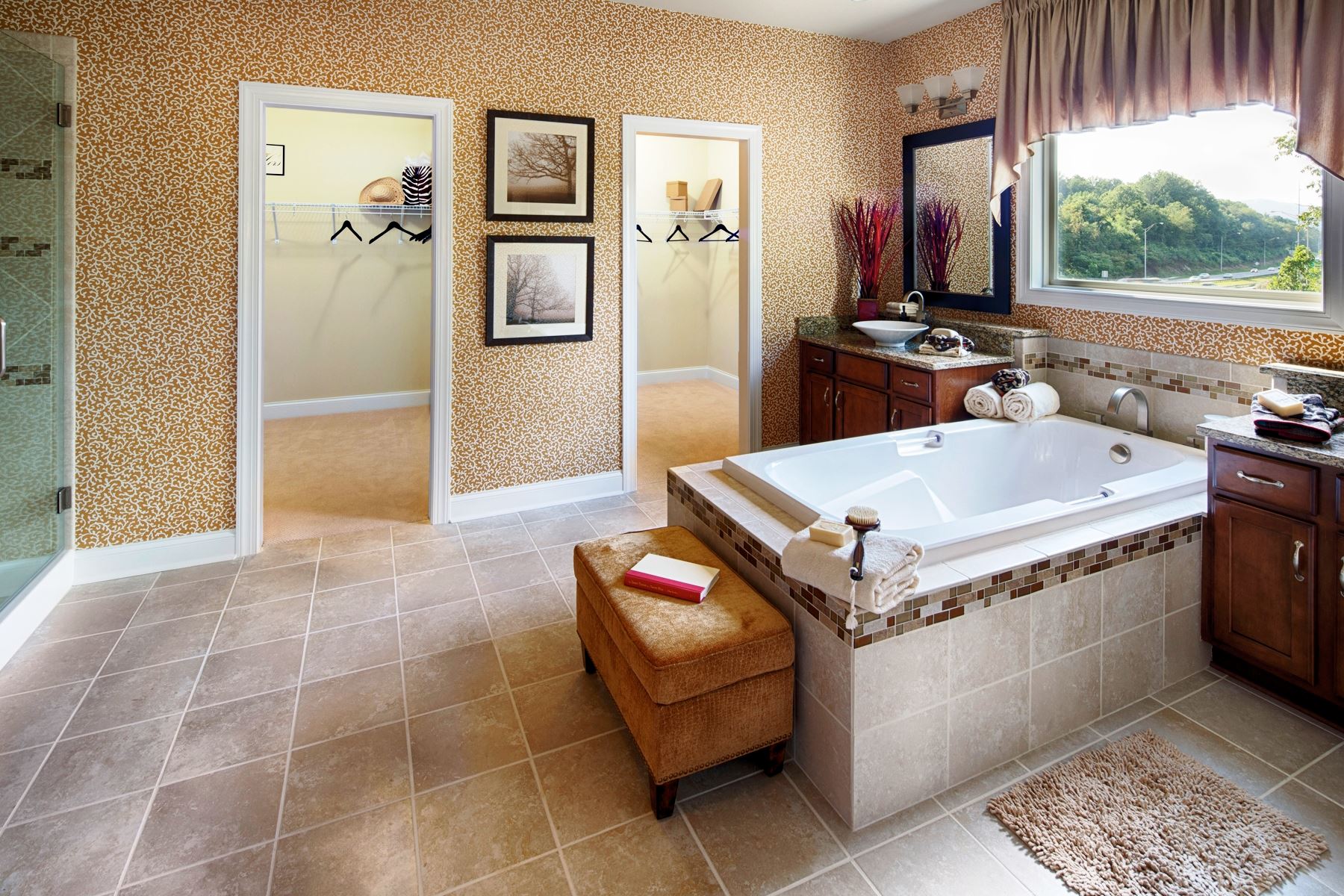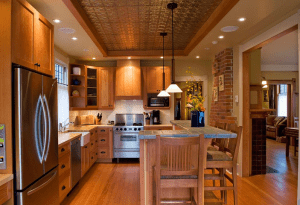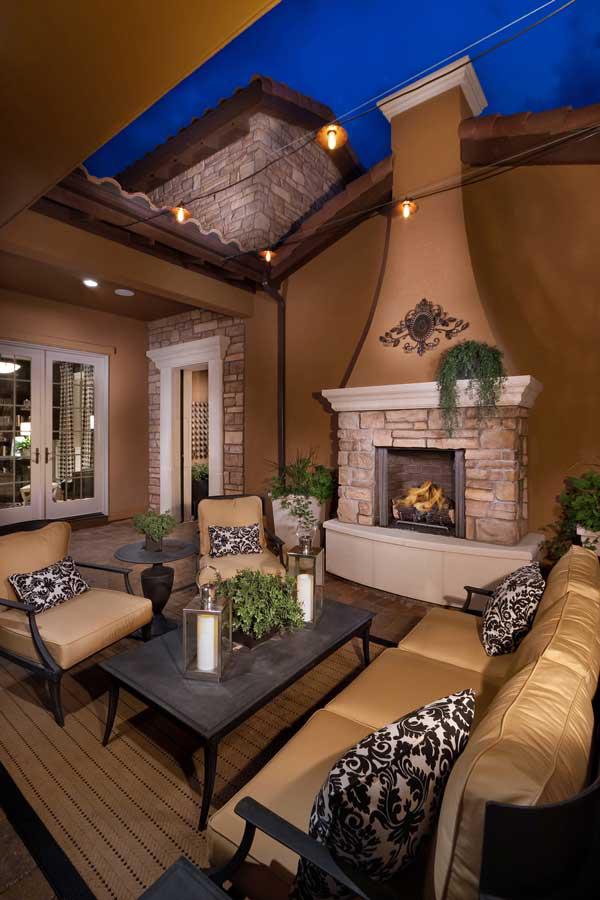HomeStyle Renovation – Alternative to FHA 203k?

HomeStyle Renovation Loans – Alternative to FHA 203k?
HomeStyle Renovation financing is not new to the mortgage landscape. It is somewhat rare, however, with a limited amount of mortgage lenders carrying the product or possessing the skill-set to execute it when they do offer it.
Providing an alternative to the more common FHA 203k loan, the HomeStyle is, in many ways, a better renovation loan product.
What is the HomeStyle?
Offered by Fannie Mae, the HomeStyle Renovation mortgage is a single-close loan that allows you to finance the cost of renovations, improvements or appraiser required repairs right into the loan balance. The loan works much like its FHA cousin, the 203k. The HomeStyle Renovation loan is a conventional loan so has all the advantages of a conventional mortgage loan as compared to a FHA loan.
Not only can you finance your personal touches on your new home, you now also have access to purchase – with financing – homes that might be in a state of disrepair that dismisses their eligibility for standard conventional financing.
It is also possible to refinance the mortgage on an existing home and include the funds needed for repairs into the new mortgage. The loan amount for the HomeStyle Renovation mortgage is based  on the “after-repair” value of the home rather than what the home is currently worth.
on the “after-repair” value of the home rather than what the home is currently worth.
The “As-Completed” appraisal opens doors for significantly more homeowners to pursue a renovation refinance because it allows NO and LOW equity – based on the home’s current value – an opportunity to add value through prudent home improvements.
In the past these homeowners would have needed to do a cash-out refinance or take out an equity line; both of which would have been based on the CURRENT value of the property.
HomeStyle Renovation Improvements: What Is Allowed?
The HomeStyle Renovation loan is substantially more encompassing on the allowed repairs than FHA 203k loans.
There are very few limits on the type of improvements that can be made with the HomeStyle, per the base Fannie Mae guidelines at least.
The only requirements are that the home improvements must permanently be part of the home and the upgrades must add value. Easy enough, right?
Some simple examples of improvements that qualify include in-ground pools, decks, landscaping, fences, kitchen upgrades, basement build-outs, master bedroom additions and/or freshening up a tired master bathroom.
Unlike the 203k, luxury upgrades are allowed. That includes a pool which is generally limited to $1500 in repair on a standard 203k loan and not allowed at all on the Streamline 203k.
Landscaping is a similar story. Typically not allowed on the 203k, the HomeStyle does provide for cosmetic and drought resistant landscapes.
Get Your HomeStyle Renovation Quote
HomeStyle Contractor Requirements – Who Can Do the Work?
Let’s start with who cannot do the work – YOU. Borrowers are not allowed to be their own contractor and – under no circumstances – is “self-help” or “sweat equity” allowed.
The risk associated with doing your own renovation significant. Not only will managing your own renovation take valuable time away from you working your normal job (which we’d like you to do so that you can pay the mortgage payment), it also poses a significant and proven fraud risk.
You must hire licensed and insured contractors to perform the work. Generally, it is preferred that you hire one general contractor and allow them to sub-contract out work they cannot, or prefer not, to do themselves. It’s strongly encouraged you follow this path with your renovation loan contractors whether it be the HomeStyle or the FHA 203k.
While you are allowed to hire multiple contractors, you will be capped at three typically. That said, you will regret hiring multiple contractors if you choose that path.
Each contractor must be “validated” and approved. The validation process requires a documentation package to be signed and delivered to underwriting, in addition to a cursory check of all applicable licenses and insurance. As a renovation loan borrower you can – you NEED – to help with this process.
You can generally pull most of this info from the Delaware Secretary or State website (or whatever state the property resides)
If you hire one general contractor the process will be completed once. If you hire three it’ll need to be completed on all three hires. General contractors are not required to validate their sub-contractors because they will be on the hook for shoddy or incomplete work.
It is always better to use ONE general contractor, always.
Neither Fannie Mae or your renovation lender keeps a master list of approved contractors. Contractors are approved on a case-by-case basis and the only requirements are what I mentioned above – proper licensing and insurance.
 Most lenders also do a light online background check that consists of checking for BBB issues and other red flags exposed by search engines.
Most lenders also do a light online background check that consists of checking for BBB issues and other red flags exposed by search engines.
That said, it shouldn’t turn up anything because surely you are doing the same checks prior to interviewing or hiring any contractors, right?
Don’t be a lazy, do your own due diligence on any and all contractors you are interested in hiring.
I’ll say it in the nicest way I can, if you are not researching the reputation of your contractor (and your real estate agent + lender) you will, either on this transaction or another one down the road, get taken for a ride.
HomeStyle Renovation: Post Close Draw Process
Only minimal differences exist between the FHA 203k and HomeStyle Renovation draw disbursement processes.
The HomeStyle allows for 4 draws with a 5 disbursement to empty out any unused funds from the renovation escrow account.
Since it is based on the contractor bid(s) plus a contingency reserve (usually 10%, but sometimes as high as 20%) for cost overruns. it is not uncommon for the renovation escrow account to contain some leftover funds.
You will have the option of including additional repairs to use the remaining monies or applying those funds back to the principal balance of your new mortgage loan.
One key point to remember, all renovation loans are amortized at closing (the HomeStyle included) so even though extra funds are applied back to your principal balance your mortgage payment will not be affected.
Overbidding or underbidding the renovation scope is highly discouraged and will net no positive benefits. Plenty of negative consequences, but not benefits.
For many, the Homestyle is a better renovation loan than the FHA 203k.
This is especially true for those with 20% or more to put as down payment because you will not have to pay for private mortgage insurance.
While FHA 203k loans always come with mortgage insurance, the HomeStyle renovation loan acts just like a traditional Fannie Mae loan in regards to PMI.

